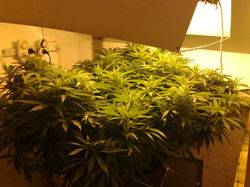G
Guest
I actually didnt bother with the cfls. I've had them outside since they came up. Ive just put the humidy dome on over night and in the bad weather patches.
A new moon is a good time for germing seeds mate
A new moon is a good time for germing seeds mate






